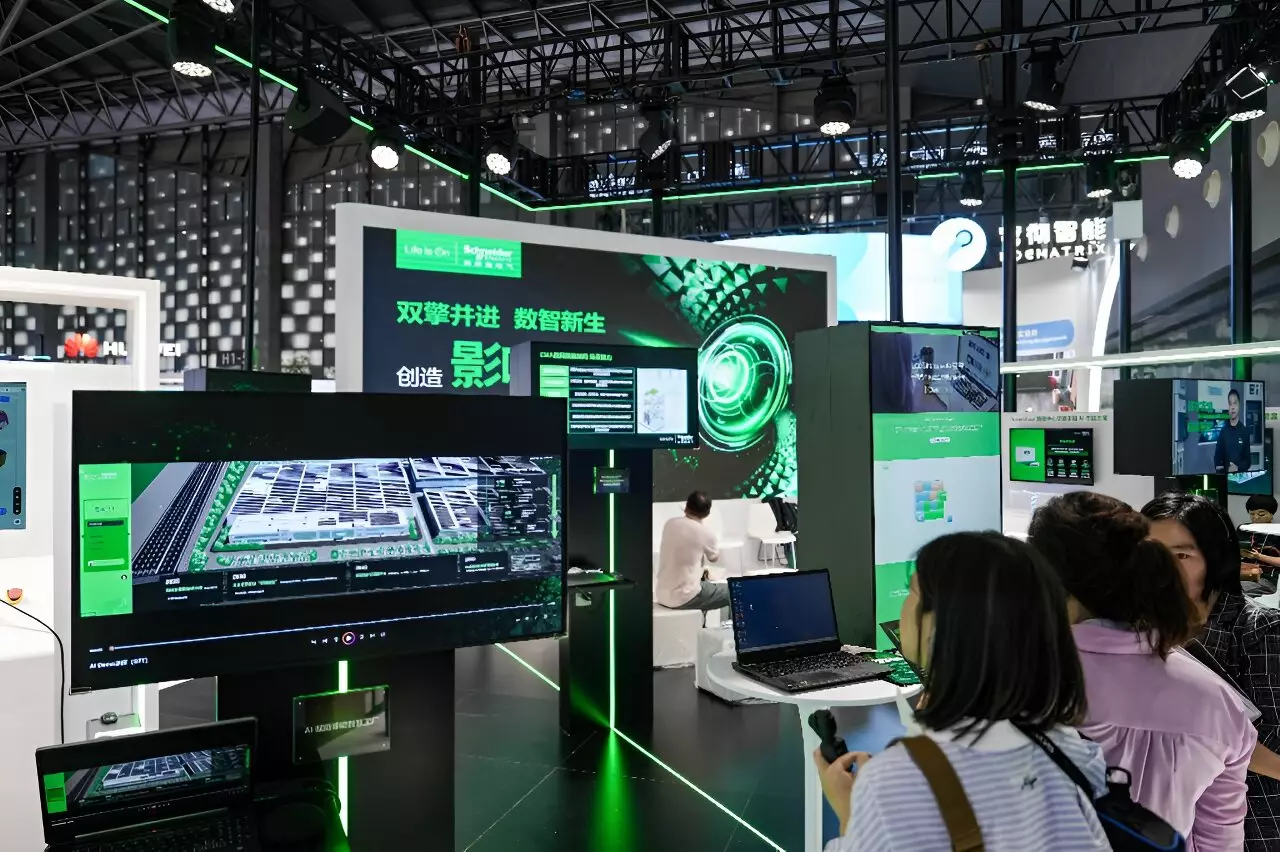As the world increasingly embraces advancements in technology, the environmental ramifications of these innovations often remain overshadowed. Generative artificial intelligence (AI), heralded for its capacity to revolutionize various sectors, has drawn scrutiny for its significant energy consumption. Research led by Sasha Luccioni, a key figure in the AI climate impact conversation, highlights that using generative AI can consume up to thirty times more electricity than traditional search engines. This dramatic difference raises an essential question: is the pursuit of technological progress worth jeopardizing our environment?
Luccioni’s findings compel consumers and developers alike to reflect critically on their reliance on these technologies. During a candid discussion at the ALL IN artificial intelligence conference in Montreal, she expressed her disappointment that generative AI is increasingly replacing conventional search engines. Unlike standard search processes that retrieve preexisting information efficiently, generative AI actively creates new data, inherently requiring far greater computing resources.
According to statistics from the International Energy Agency, in 2022, both the AI and cryptocurrency industries collectively consumed around 460 terawatt-hours of electricity, astounding figures that accounted for approximately two percent of total global energy production. This staggering level of consumption signifies not only the growing influence of AI technologies but also the urgent need for awareness regarding their ecological footprint.
Luccioni is no stranger to the intricacies of measuring the environmental impact of technology. In 2020, she co-developed CodeCarbon, a tool that enables developers to assess the carbon footprint associated with executing a line of code. With over a million downloads, this initiative underscores the demand for accountability surrounding energy use in software development. As the head of climate strategy at Hugging Face, a prominent platform for sharing open-source AI models, Luccioni continues to push for greater transparency in energy consumption within the AI field.
One of the crucial components of Luccioni’s vision is the establishment of a certification system for AI algorithms, akin to energy efficiency ratings for household appliances. Such a framework could facilitate a clearer understanding of an AI product’s energy demands, encouraging both developers and end-users to opt for more sustainable choices. While the current focus on energy consumption is commendable, Luccioni acknowledges that other factors, such as water usage and the exploitation of rare materials, must eventually be incorporated into a holistic assessment of AI’s environmental impact.
Despite her ambitious goals, Luccioni faces hurdles in extending her analysis to commercial AI models developed by tech juggernauts like Google and OpenAI. While these companies have pledged to achieve carbon neutrality by 2030, their emissions surged dramatically in 2023—by 48% for Google compared to 2019 levels and 29% for Microsoft relative to 2020. These statistics underline the contradiction that arises within the tech industry’s narrative of sustainability.
The Need for Legislative Action
As the climate crisis accelerates, it has become increasingly vital for governments to enact regulatory measures regarding AI technologies. Luccioni argues that current trends indicate a disconcerting lack of transparency around the training datasets and algorithms employed by large tech companies. By shedding light on these obscured aspects, authorities could create informed policies that govern AI practices.
Moreover, it is paramount to educate the public about the inherent costs—both environmental and societal—of generative AI technologies. Luccioni’s recent findings illustrate that generating a high-definition image with AI can consume as much energy as fully recharging a cell phone. With more businesses seeking to incorporate generative AI into various applications, from conversational agents to smart devices, the urgent necessity for “energy sobriety” has never been more evident.
The crux of the issue lies not in opposing AI but in employing it prudently. By making informed decisions regarding tool selection and usage, we can begin to mitigate the environmental implications associated with these technologies. The global community stands at a critical juncture; now is the time to prioritize sustainability even in the fast-paced tech landscape.
The conversation around AI and the environment is one that demands immediate attention and action. Luccioni’s advocacy for transparency, regulatory frameworks, and conscious resource usage presents a pathway towards responsible AI development. The world must acknowledge the dual narrative at play: embracing innovation while safeguarding our planet.
As stakeholders across sectors navigate the complexities of generative AI, it is imperative to strive for a model of technological adoption that champions not only progress and efficiency but also sustainability. With the right commitments and frameworks in place, it is possible to harness the power of AI in a manner that honors both the potential of the technology and the delicate ecosystems that sustain us. Realigning priorities and enhancing education surrounding these tools will be pivotal in ensuring a sustainable digital future.


Leave a Reply